History/driving impressions originally published in AutoWeek December 13, 1993; republished by the author
If you can think of history as waves of rising and falling situations, sentiments and circumstances, then the story of the Dellow makes sense. It was the peculiar juxtaposition of people, the times and events that led to the production and competition success, for the very short era of 1949 to 1952, of the car named Dellow.
The circumstances behind the Dellow are postwar England and a sport called trials, that singular endeavor that pits Englishman ‘gainst Englishman, each striving to negotiate some slippery, cobby or contorted section of hillside or meadow in funny little cars, all without miring down or smashing up or overrunning ribbon and stakes that marked the course. Only, as they say, in England.
Kenneth Court Delingpole was a trials driver who by way of vocation owned several engineering firms. Delingpole’s most trusted employee, and the chairman of his group, was Ken Lowe, also a trials enthusiast. It was Lowe’s Dizzie II that instigated the Dellow era. Built in 1947 on an Austin 7 chassis with a Ford Ten engine and rear axle, Lowe’s trials mount was sufficiently successful for competitors to request duplicates. The third of these was built on an Austin 7 than chassis and its longer wheelbase was an improvement that would be standardized. Several used other-than-Ford engines, but all of Lowe’s specials were bodied by Lionel Evans of Radpanels. Working in aluminum, Evans shaped the panels to fit tubing (residential gas piping!) in superleggera style. Because Lowe casually mentioned liking the BMW 328, Evans fashioned a split grill that would become a trademark for Dellow.
Dellow is a contraction of Delingpole and Lowe. Delingpole, fearing he would lose a star employee to the siren of car construction, offered to set up Lowe with official works. Lowe accepted and began building kits. This was 1949. The 33.3-percent purchase tax on complete of vehicles was still in effect.
Customers were even quoted a price that allowed for a deduction of “the value of donor parts.”
The local supply of scrap Austin chassis was soon exhausted, thanks to the success of Dellow sales. Because postwar restrictions on steel use, Dellow resorted to scrap yards for raw material. But what scrap! Lowe purchased a stock of bodies for rockets that had been prepared for coastline defense against the feared German invasion that never came. These rocket bodies were 10 gauge three 3 1/8-inch diameter chrome-moly steel tubing. Dellow was forced by necessity into better material than it could otherwise have hoped for, better even than the major manufacturers.
Like the Austin, the Dellow had quarter-elliptic rear springs and a solid front axle on a transverse semi-elliptic spring. The cars were extremely sturdy, small (82-inch wheelbase) and light (just over 1200 pounds), biased 40/60 to the rear.
They were very successful. Some 50 were sold in 1949. In their heyday, Dellow drivers would tally more than 1000 trophies in various forms of motorsports. Ford Motor Co.’s cooperation allowed Dellow to become a genuine manufacturer (using Ford parts) in 1950. By early 1951, the novel addition of doors demarcated the beginning of the Dellow MkII.
Road use of Dellows dictated such amenities, as well as side curtains and a simple fabric top (to which to L-shaped bars gave structure). Indeed, Dellows were used by an agricultural equipment repair service to make, um, field calls. The number of doors was optional and Lowe recommended welding them shut for competition anyway.
A late MkI is owned by Mark Evans of New England Classics in Stratford, Connecticut. The 1951 car has the optional remote gear change and second spare (for carrying two special tires to a trials venue and more rear weight bias during the event), though not the optional supercharger for the 1172cc E93A Ford side-valve four. The bonnet is held on with spring clips and the side panels have neat conical louvers. A special Dellow exhaust header – four small tubes arcing into a large horizontal pipe, probably coaxes out a few more ponies than the standard 30 HP.
One wears the Dellow like a knights armored trousers. The large marbleized plastic steering wheel creases the thighs. The remote shifter is balky, the primitive exposed linkage demanding finesse. But the little engine delivers a brimming pint of torque and easily plies urban traffic. On a rock-strewn trail there’d be use for the side-mounted fiddle brake. When pushed forward, it engages the front drums and, when pulled back, drags the rears. No hydraulics here.
Rather perky on 4.50×17-inch Pirellis, the MkI goes entertainingly from understeer to oversteer in cornering, easily caught with a 1 1/2-turn lock-to-lock steering ratio. The wide competition 5.25×16 Henley tires mounted astern would cure that some and are essential off-road.
Circumstances and competition overtook Dellow. After 1952, production faded to a car every three weeks or so and declined from there. The MkV of 1953 found few buyers (III and IV were prototypes). In 1955 trials driver Neville Nightingale bought the assets of Dellow Motors Limited, and set up Dellow Engineering. In 1957, the firm introduced the Mk VI, a sports car clad in generic fiberglass body. The package was largely undistinguished and though 50 are said to have been made, only six were registered in England and only one is known to survive.
Nightingale wound up the affairs of Dellow Engineering in 1959, the crest of history having swept past the marque.
Addendum: It’s been said “Give an Englishman a sheet of aluminum he’ll do something silly with it.” That’s not exactly true. We have many Jaguars alone that can disprove that. But the Dellow certainly make a case for the saying.



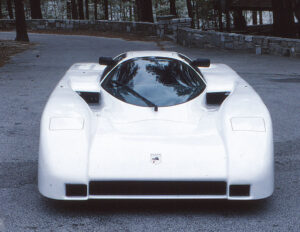
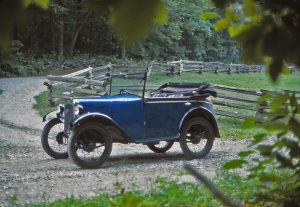
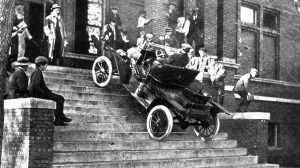
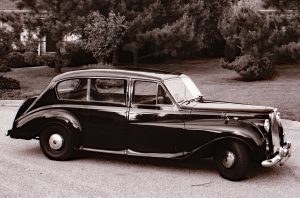
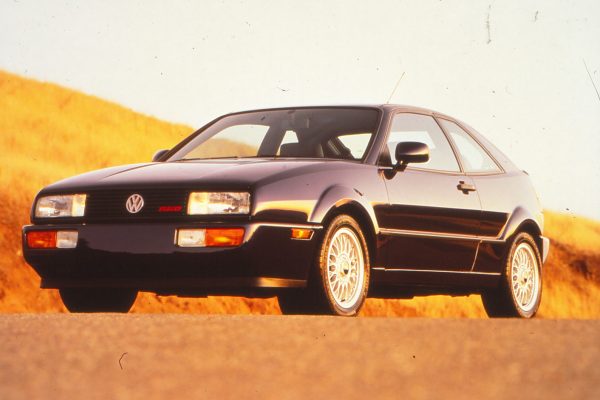
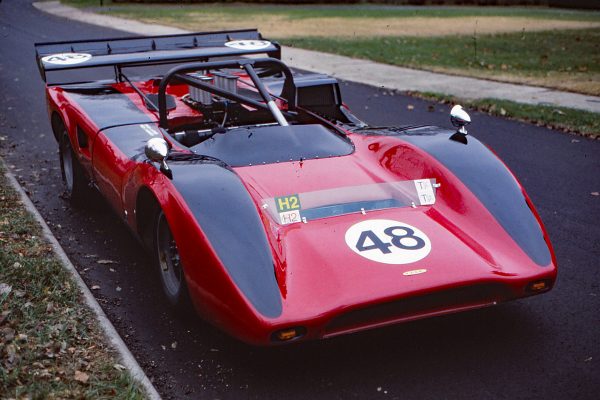
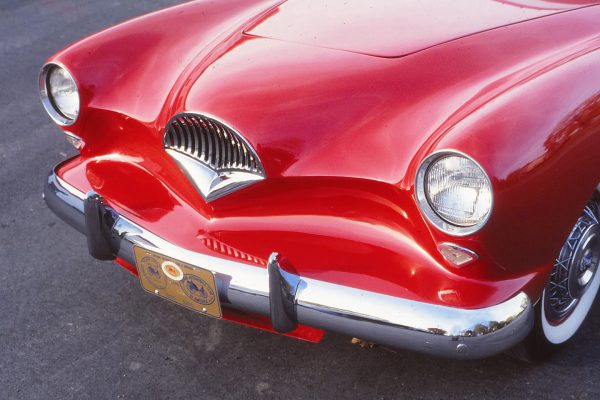
What Do You Think?
You must be logged in to post a comment.